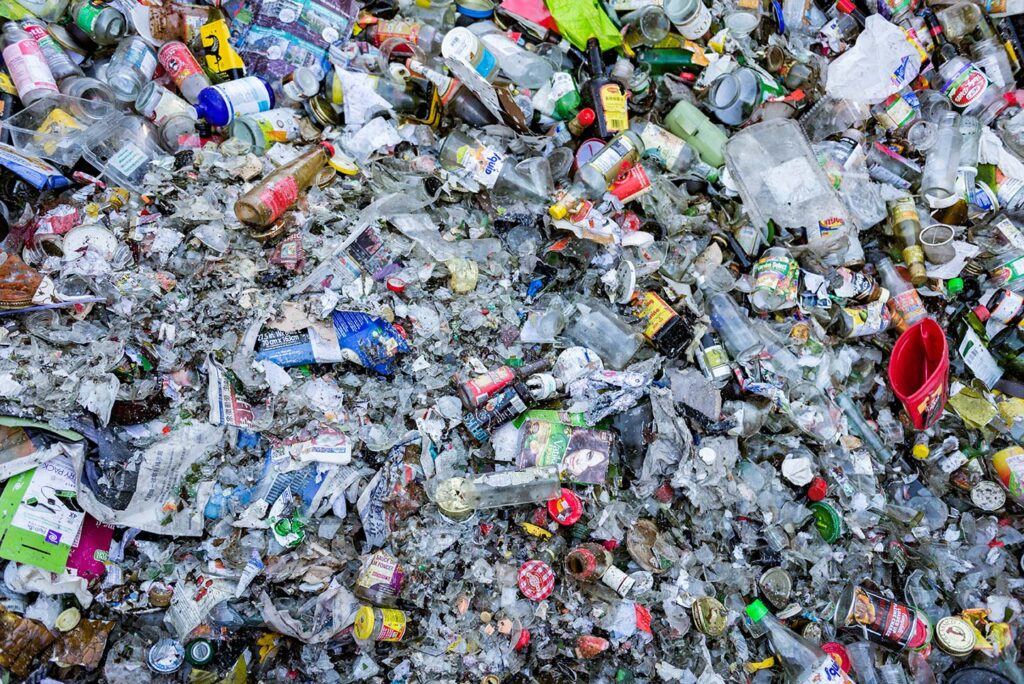We encourage residents to rinse their containers before adding them to recycling, but is this necessary? How clean do they need to be?
Rinsing your containers before adding them to the recycling bin makes for a more pleasant recycling experience at home and in recycling facilities, and can help ensure that more materials are recycled.
Containers don’t need to be spotless, but a quick swish in the dish water before you empty the sink will go a long way towards reducing pests, odours, and mess. A stubborn bean or a splash of sauce in the wall of a can is okay, but if you could make another sandwich with the peanut butter or mayonnaise left in the jar, please empty the container before adding it to your recycling. It’s wasteful and can cause problems further down the recycling line.
Inside your recycling bin, containers with contents remaining can spoil other materials. For example, coffee left in paper take-out cups can soil cardboard and printed papers in single-stream collection (where residents do not sort the materials before they are collected). When recyclables are spoiled in this way, they cannot be recycled.
In processing facilities, packaging with contents still inside can damage machinery—or workers. Aerosol containers are especially hazardous; please ensure these are empty before adding them to your recycling. And definitely do not add containers with any product remaining to your recycling. Use or dispose of the contents first then add the container to your recycling.
If containers are empty, a short rinse is really all your containers need, and will make a difference.


